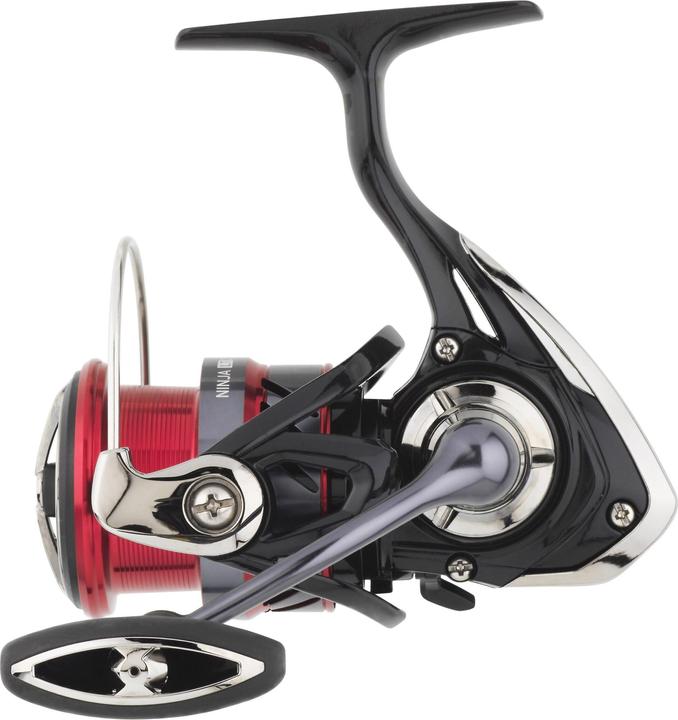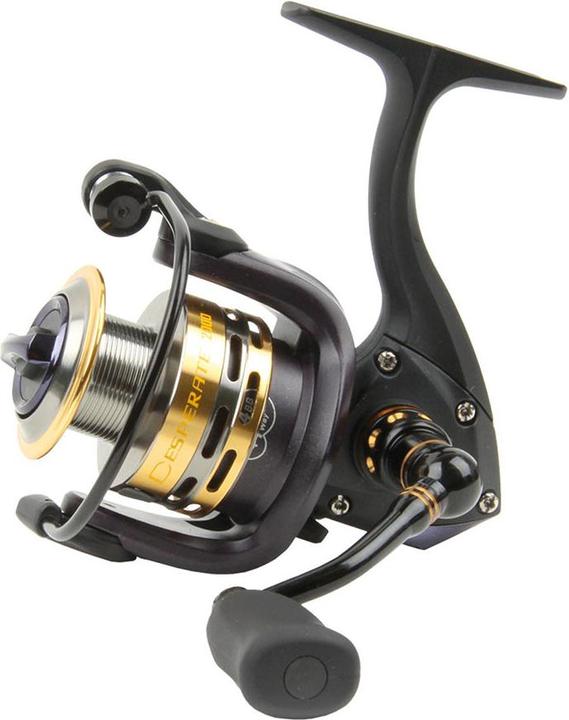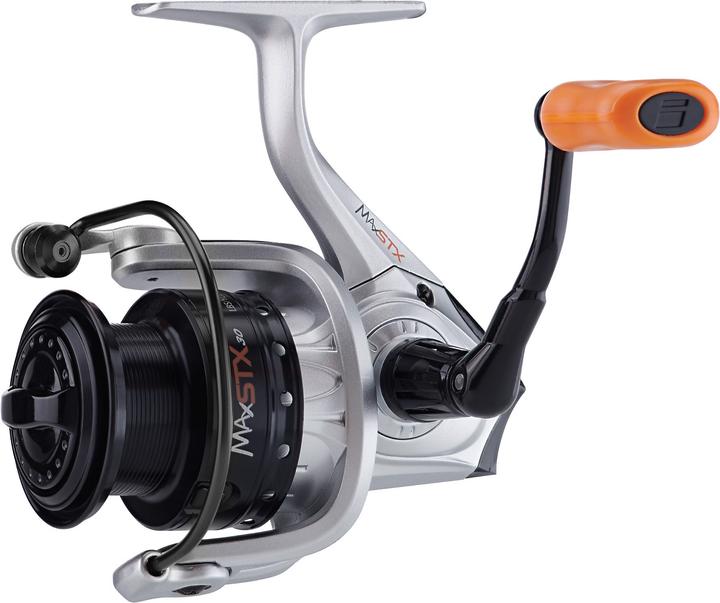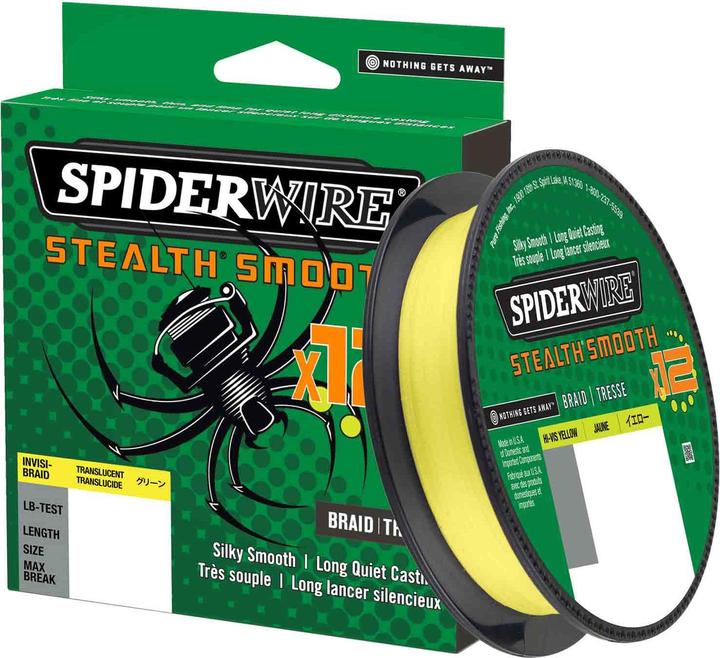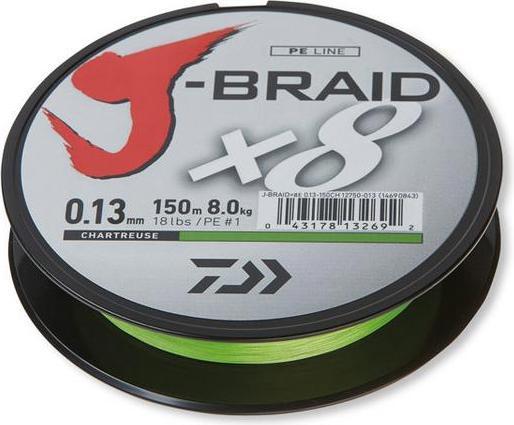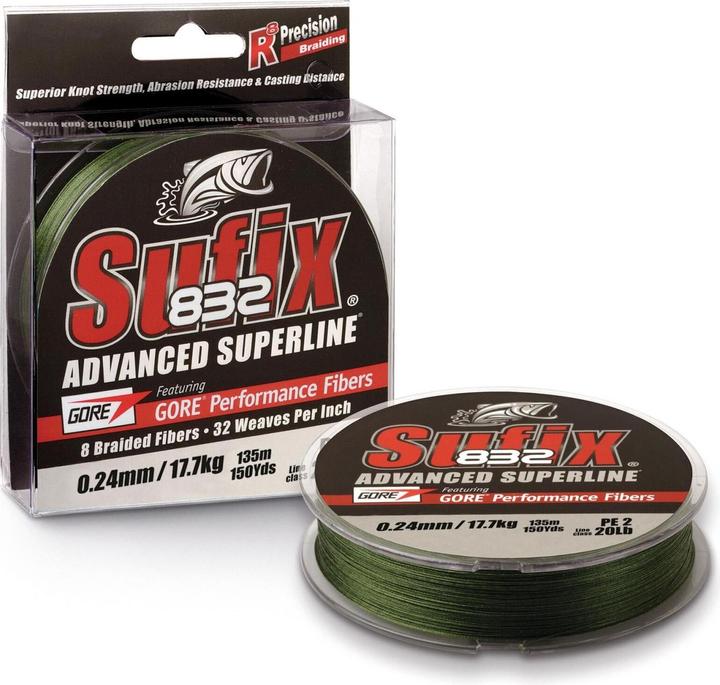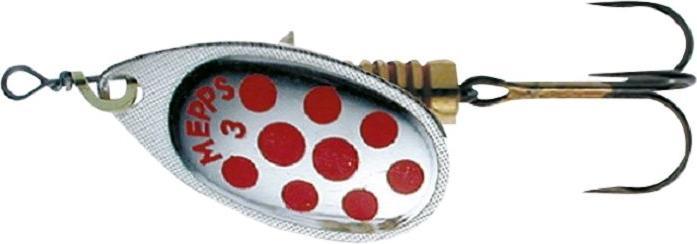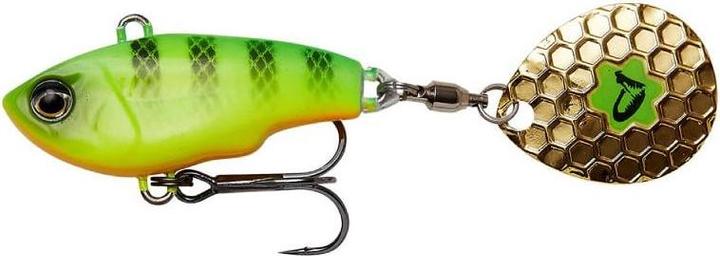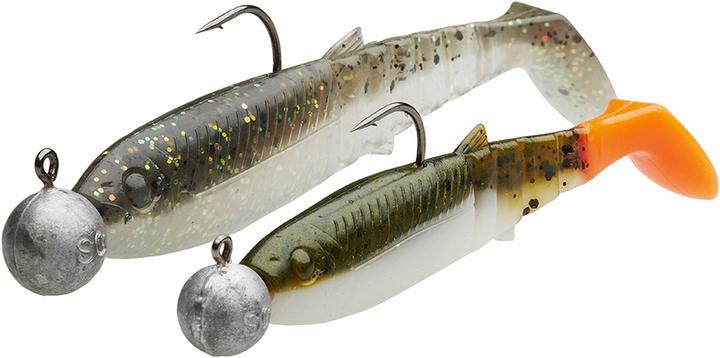

Fishing for newbies: how to catch your first predatory fish
When you start fishing, it’s easy to get frustrated quickly. Not only because you need a lot of patience for your first catch but also because the choice of rods, reels and baits is overwhelming. As an experienced beginner, I’ll tell you what you really need.
I passed the fishing exam, bought way too much fishing gear and am now finally standing on the shore of a lake. I cast my fishing rod for the first time. But the bait doesn’t go far enough and the line gets tangled. Then I finally succeed in making a throw. But my frustration doesn’t stop there. When reeling in, I can’t really feel the bait and would probably miss any bites.
Thanks to fishing rap stars such as Marteria and Sido as well as hundreds of fishing YouTubers, angling has suddenly become a hobby for the masses again. However, this boom brings with it a big downside for beginners: namely that they have to contend with a gigantic choice of rods, reels and baits. We stock 20,000 fishing products in our store alone.
If you’re brand new to this world, you’ll end up being given the wrong advice – just like I was. Either you buy gear that’s too cheap or made of the wrong material. And it then ends up in the cellar after just a few months. That’s why I’ve compiled a few tips for basic equipment that’s not too expensive but that you can still use after a few years and with more experience. What’s more, it’s also easy to pass the kit on if your enthusiasm for fishing dwindles faster than you initially thought.
If you commit yourself, you’ll get more out of the material
Let’s look at rods first. The biggest problem here is that you have to decide on a target fish. All-round rods aren’t recommended because they can do everything, but by the same token, they can’t really do anything that well. In Switzerland and Germany, perch is the most popular fish. It’s also known as the Hatch or redfin. That’s why we’ll be focusing on this fish here.
The most important metric for a rod is its casting weight. The higher it is, the bigger the baits you can fish with. For perch in Switzerland, which are usually 20 to 35 cm long, casting weights of up to 20 or 30 g are sufficient. In other words, they’re better than finer rods. If you’re fishing zander, on the other hand, you’re better off with a 50 or 60 g rod. Meanwhile, with pike you need an even heavier casting weight – this time up to 100 g.
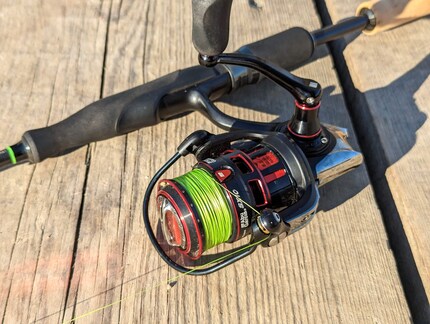
Source: Lorenz Keller
As it happens, you can also use these in a trout pond to begin with. Or even when you just want to sit on the lake with a float and a worm or maize and not actively fish with artificial bait.
You can get suitable rods that are good quality in the 50-to-100 franc price bracket. Incidentally, length is just a matter of taste. A two-metre rod is nice and handy. If you opt for 2.4 metres, you get more leverage and bait flies further.
Compared with coarser all-round rods, fine rods have the advantage of letting you feel much more through the rod and your hands. For example, when the bait touches the bottom, when it vibrates in the water or when a fish finally bites it. This also makes it easier to animate the rubber or metal bait with your rod so that it moves like potential prey, thereby awakening the fish’s predator instinct.
Only the reel makes the rod round
The reel shouldn’t be too big and heavy for a perch rod. That being said, it’s not easy to suss out the classifications. What’s important to know is that reel sizes are usually given in increments of 1,000 and 500. The smaller the number, the smaller the reel. Unfortunately, this isn’t really consistent, and the numbers don’t really mean anything any more.
For a lot of light rods, 2,000 reels are a good fit. Entry-level models priced between 50 and 100 francs do the job. In terms of quality, they tick the boxes, and you’ll still be reeling in bait with them after several years. Cheaper reels, on the other hand, are often more jarring, and there’s a greater risk of getting lines tangled. This can be particularly annoying for beginners, as you have to practise casting your line first.
There aren’t many good rod and reel sets. However, the advantage of them is that the two components fit together well. For instance, in our store I found this combo from Abu Garcia, which is reasonably priced and suitable for perch fishing.
Braided line for a good feel
At the beginning, it’s best to have the reel wound by machine in a specialist shop. Just like the pros, you’ll want to opt for a braided line between 0.08 and 0.12 mm right from the start. They’re made of lots of fibres that are twisted together.
Braided lines hardly stretch, which means you can feel anything touching or biting the line directly. This is in contrast to what’s known as monofilament lines made of nylon, which are included in many starter sets.
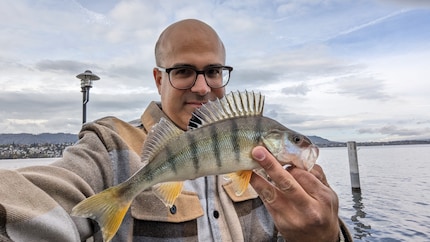
Source: Lorenz Keller
Of course, you can also wind the line yourself. If you plan on doing that, your best bet is to watch a tutorial on YouTube. Talking of YouTube, it’s also an excellent source for tips and tricks on fishing.
As it happens, I taught myself the two knots that everyone needs for fishing using video instructions. One to tie the bait to the line. And one to tie a 1.5-to-2 m connecting piece of fluorocarbon between the bait and braided line. This line is transparent and stretchy to stop the fish immediately tearing off the bait when biting. A tapered leader like this helps compensate for the big disadvantages of a braided line. Fishing pro Dietmar Isaiasch explains the two basic knots in this video in a simple and clear way.
A fine morsel for predatory fish
Beginners always make the same mistakes when buying bait. They’re overwhelmed by the huge selection and buy far too much at random. And as soon as you see that other anglers have caught something, you, of course, snap up the bait that was such a success on your next shopping trip.
So when you’re on the shore, you change bait every few minutes. That soon gets frustrating. But fishing requires patience and perseverance. Not only because perch don’t hunt all day and instead have so-called feeding periods. This represents a great opportunity for us newbies.
Feeding periods change from day to day. Perch like to have consistent weather and air pressure. In summer, they often hunt in the morning and evening, while in spring and autumn, they hunt more during the day. In winter, they stay in deep water and are difficult to catch from the shore.
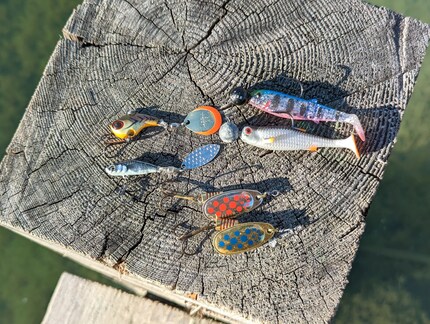
Source: Lorenz Keller
If you want to catch your first fish, it’s best to focus on four or five baits that are easy to guide. And you fish with these for at least 15 minutes each – without changing them any sooner.
The classics are spinners and jig spinners. You throw these out, let them sink to the bottom, and then just wind them in. The metal blade rotates around in the water, the perch then feel turbulence via the lateral line organ, see the twinkling and want to eat the supposed fish. Incidentally, you can also feel the spinner vibration in the rod. This means you immediately know if the bait is working properly.
Rubber fish, on the other hand, are a bit more difficult to guide. A set is ideal for getting started so that the hooks and weights also fit the rubber fish from the get-go. It’s the same concept with rubber fish in that you let the bait sink once you’ve thrown it. Then turn the crank once, twice or three times using the reel and let the rubber fish sink back to the bottom. As well as using the crank, you can also lightly twitch the bait with your rod.
The 5-to-10 g weight of the lead head means you’ll feel a slight shock in the rod each time the bait hits the bottom. This way you know you can crank or twitch it again to get an idea of the structure and depth of the water.
Then the first fish takes a crack at the bait
I should point out that it’s best to get used to pushing the barbs off the bait with pliers right away. You’re not allowed to use them in some places anyway. And it also makes sense, as fish hurt themselves less and it’s easier for beginners to get them off the hook. Not only that, if you prick your own finger in the heat of the moment, it’s a lot less problematic without barbs.
The right starter set helps you stay motivated on the water for longer. And you won’t end up almost immediately doubting if you’re doing everything right. It takes a lot of patience and perseverance, because even experienced anglers sometimes don’t catch anything in a whole day. But that doesn’t matter, as it’s not the catching that’s the key point. Instead, it’s the fishing experience itself. If a perch suddenly slams onto the bait, the rod bends and you can net the fish, then the whole effort was doubly worth it. And you’re guaranteed to be standing next to a lake or river again at the next available opportunity.
Header image: Lorenz Keller
Gadgets are my passion - whether you need them for the home office, for the household, for sport and pleasure or for the smart home. Or, of course, for the big hobby next to the family, namely fishing.
Practical solutions for everyday problems with technology, household hacks and much more.
Show all

